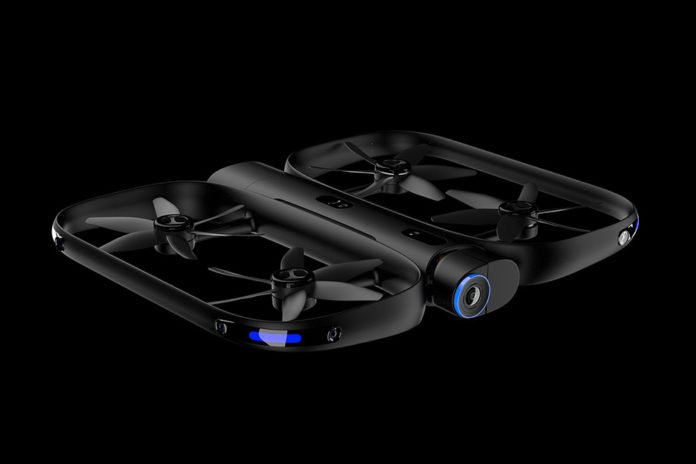Skydio, a San Francisco-based startup founded by three MIT alumni has recently developed an autonomous video capturing drone also called ‘selfie drone’ that tracks and films a subject, while freely navigating any environment.
Named as R1, the drone involves 13 cameras that capture omnidirectional video. It can be operated via an app through which it can preset to certain filming and flying conditions or be controlled manually.
Adam Bry SM ’12, Abraham Bacharach Ph.D. ’12 said, “Our goal with our first product is to deliver on the promise of an autonomous flying camera that understands where you are, understands the scene around it, and can move itself to capture amazing video you wouldn’t otherwise be able to get.”
“Existing drones, generally require a human pilot. Some offer pilot-assist features that aid the human controller. But that’s the equivalent of having a car with adaptive cruise control — which automatically adjusts vehicle speed to maintain a safe distance from the cars ahead. Skydio, on the other hand, is like a driverless car with level-four autonomy referring to the second-highest level of vehicle automation.”
R1’s system integrates advanced algorithm components spanning perception, planning, and control, which give it unique intelligence “that’s analogous to how a person would navigate an environment.
“On the perception side, the system uses computer vision to determine the location of objects. Using a deep neural network, it compiles information on each object and identifies each individual by, say, clothing and size. “For each person it sees, it builds up a unique visual identification to tell people apart and stays focused on the right person,” Bry says.

Courtesy of Skydio
That data feeds into a motion-planning system, which pinpoints a subject’s location and predicts their next move. It also recognizes maneuvering limits in one area to optimize filming. “All information is constantly traded off and balanced … to capture a smooth video.”
At long last, the control framework takes all data to execute the automaton’s arrangement continuously. No other framework has this profundity of comprehension. Others may have maybe a couple segments, “yet none has a full, end-to-end, self-sufficient [software] stack planned and coordinated together.
For clients, the final product is an automaton that is as easy to use as a camera application: In case you’re open to taking pictures with your iPhone, you ought to be happy with utilizing R1 to catch the video.
A client puts the automaton on the ground or in their grasp and swipes up on the Skydio application. (A manual control choice is additionally accessible.) The R1 lifts off, recognizes the client, and starts recording and following. From that point, it works totally self-rulingly, staying somewhere in the range of 10 feet to 30 feet from a subject, self-governing, or 300 feet away, physically, contingent upon Wi-Fi accessibility.
Through the app, users can also switch between several cinematic modes. For instance, with “stadium mode,” for field sports, the drone stays above and moves around the action, following selected subjects. Users can also direct the drone where to fly (in front, to the side, or constantly orbiting). “These are areas we’re now working on to add more capabilities,” Bry says.
The lightweight drone can fit into an average backpack and runs about $2,500.
In the future, Skydio hopes to find other applications, such as inspecting commercial real estate, power lines, and energy infrastructure for damage. “People have talked about using drones for these things, but they have to be manually flown and it’s not scalable or reliable,” Bry says. “We’re going in the direction of sleek, birdlike devices that are quiet, reliable, and intelligent, and that people are comfortable using on a daily basis.”
